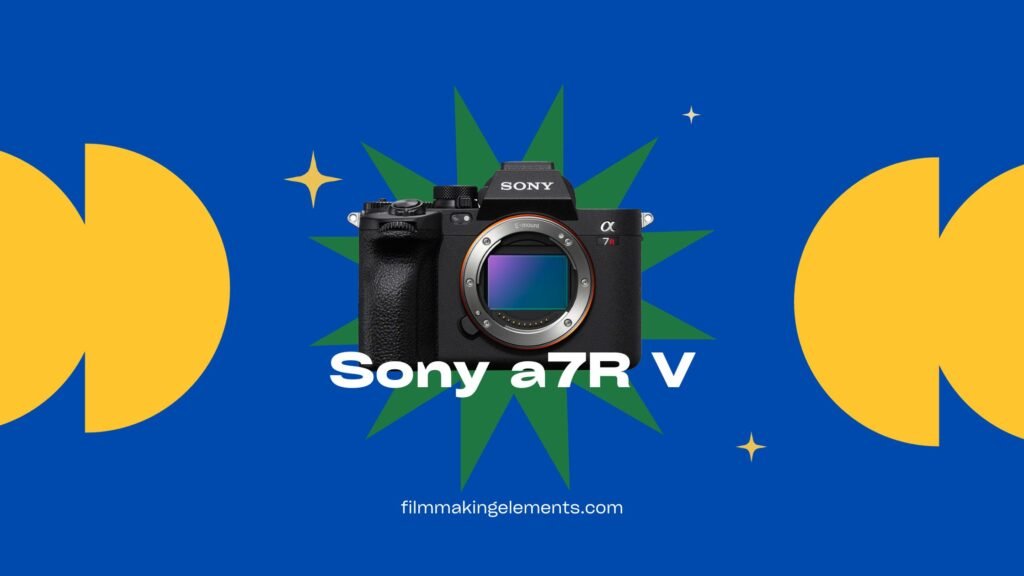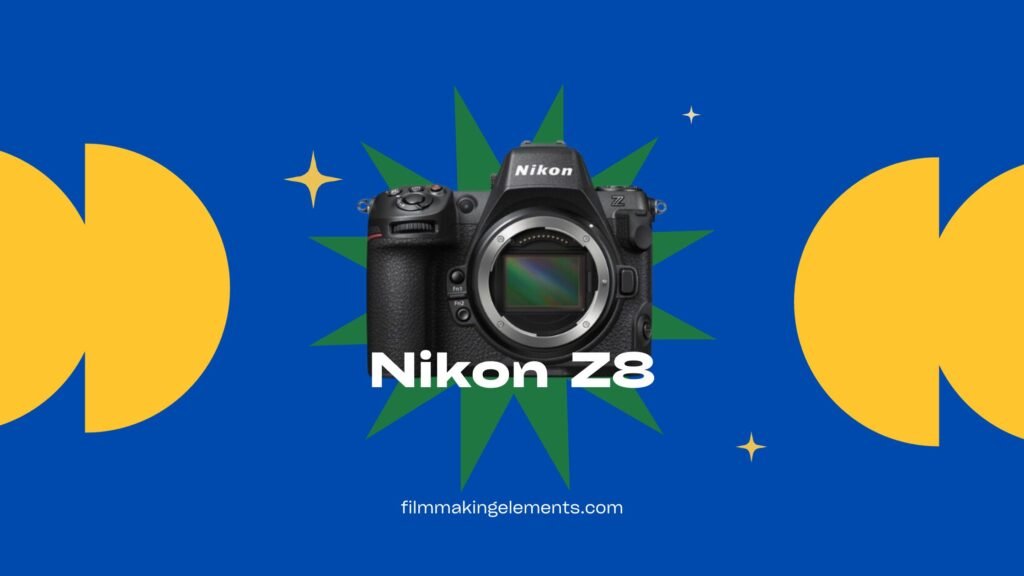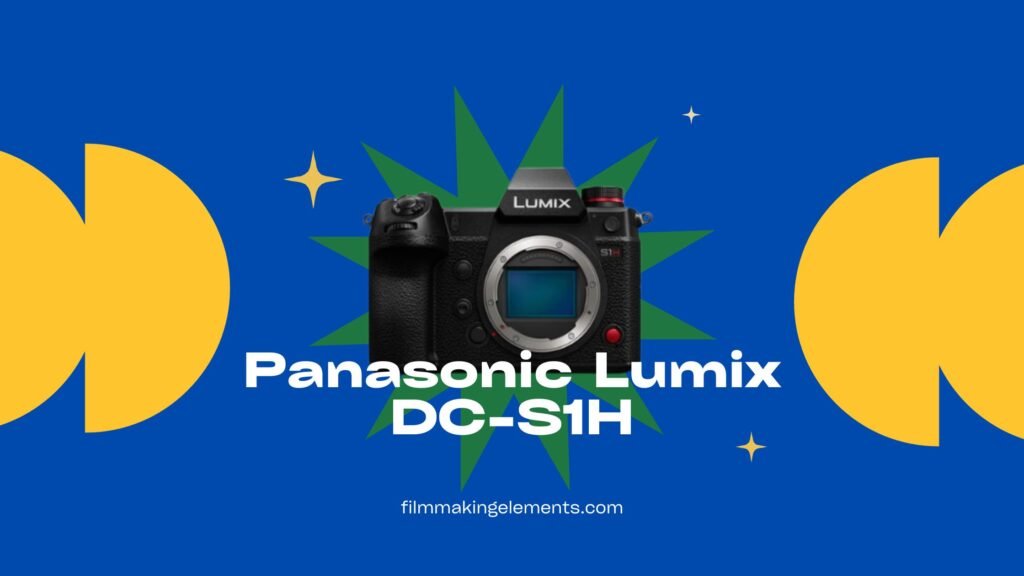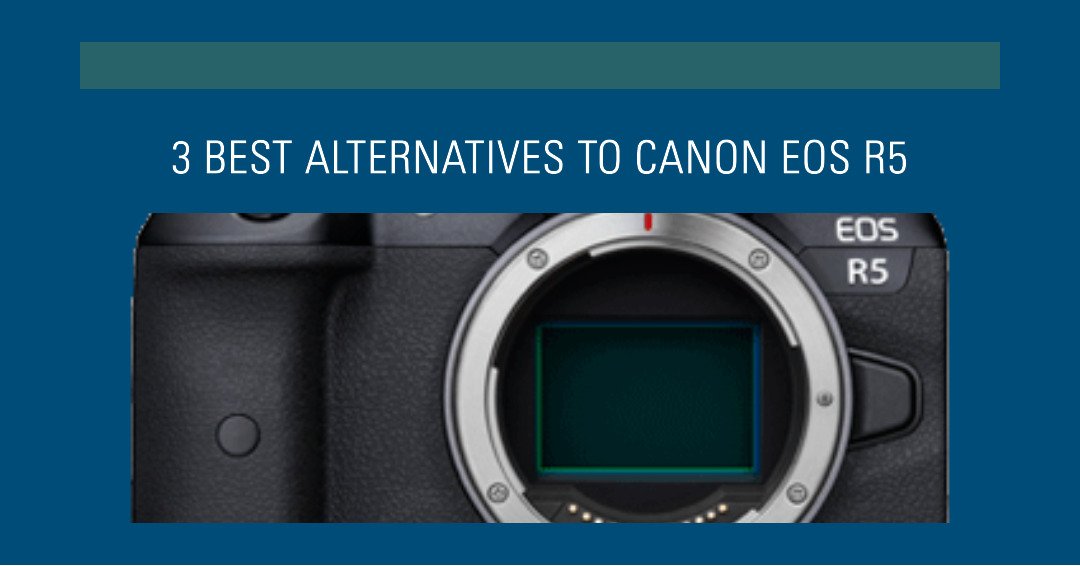As a seasoned professional in the world of photography and videography, I’ve had my hands on a plethora of cameras, each promising to be the game-changer in the imaging industry. Among them, Canon’s EOS R5 stands tall, boasting a suite of advanced features that many image-makers have only dreamt of until now. With a whopping 45MP CMOS sensor, a ground-breaking 8K raw video recording capability, and a first-ever 5-axis sensor-shift image stabilization in the EOS lineup, it is undeniably a marvel. But what if, for whatever reason, the EOS R5 isn’t the right fit for you? Fret not. The camera market is abundant with alternatives, and I’ve ventured deep into this realm to bring forth the top contenders. Join me as we delve into the ‘Top 3 Canon EOS R5 Alternatives’, exploring options that rival, and in some areas potentially surpass, the prowess of the EOS R5.
1. Sony a7R V

Having spent considerable time with both the Sony a7R V and Canon EOS R5, I can provide some firsthand insights into these two remarkable cameras. As an expert in the field, I’ll offer my perspective on the Sony a7R V as a strong alternative to the Canon EOS R5.
Sensor
I’ve had the pleasure of shooting with both these full-frame sensor cameras, and the distinction is clear in terms of resolution. My Sony a7R V produces images at an incredible 61 megapixels, while my Canon EOS R5 captures at 45 megapixels. This edge in resolution affords the a7R V an upper hand in image quality and cropping, especially for detailed shots. Yet, I’ve observed the EOS R5, with its faster readout speed and reduced rolling shutter distortion, excelling in action and video sequences.
Autofocus and Lens Mount
Autofocus is crucial for me, and both cameras impress. With my Sony a7R V, I leverage 693 autofocus points covering 100% horizontally and 90% vertically. In comparison, my EOS R5 utilizes a whopping 1053 points, ensuring 100% coverage in both directions. Both cameras can proficiently recognize a myriad of subjects. However, the EOS R5 has both eye and head detection for humans and animals, whereas my a7R V is limited to eye detection.
In terms of lens compatibility, while I’ve had more options with the older Sony E mount, the Canon’s RF mount, with its large diameter, short flange distance, and swift communication speed, has sometimes offered superior performance.
Design
Physically, I’ve found the EOS R5 slightly bulkier at 138 x 98 x 88 mm and 738 g, compared to my a7R V, which measures 136 x 97 x 81 mm and weighs 699 g. Both cameras protect against the elements, essential for my outdoor shoots.
Viewfinder and LCD Monitor
Interacting with the cameras, I’ve enjoyed both touchscreens. The a7R V features a 3.2-inch screen with 2.1 million dots and a high-resolution 9.44 million dot viewfinder. In contrast, my EOS R5 offers a slightly smaller 3.15-inch screen, also with 2.1 million dots, but its viewfinder is at 5.76 million dots.
Battery Life
In my field tests, Sony a7R V’s NP-FZ100 battery gave me up to 530 shots using the LCD or 430 shots with the viewfinder. The EOS R5’s LP-E6NH battery, on the other hand, lasted for 490 shots on the LCD or 320 shots through the viewfinder.
Video Capabilities
Both have proven exceptional for video. My a7R V records 8K at 30p in H.265 format with a 12-bit color depth, whereas the EOS R5 does 8K at 30p in either H.264 or H.265 format, but at a 10-bit color depth. Both can handle 4K at 120p in H.265 with 10-bit color. Stabilization is key, and while my a7R V offers up to 8 stops, the EOS R5 provides up to 8.5 stops.
Price
Financially speaking, my Sony a7R V is priced at $3,899 for just the body or $4,999 with a 24-105mm f/4 lens. My Canon EOS R5 has the identical pricing.
In essence, the Sony a7R V and Canon EOS R5 both have their unique strengths. However, from my extensive hands-on experience, if high-resolution photography is your primary goal, the Sony a7R V stands as a compelling alternative to the Canon EOS R5.
2. Nikon Z8

Being deeply immersed in the world of professional photography, I’ve had the privilege of getting hands-on experience with both the Nikon Z8 and Canon EOS R5. Here’s my perspective on why the Nikon Z8 is an excellent alternative to the Canon EOS R5.
Sensor
Both cameras come equipped with a 45-megapixel full-frame CMOS sensor. This size, notably larger than many APS-C sensors out there, permits better light capture, providing a shallower depth of field and a wider angle of view. However, the DXOMARK score tells a bit of a different story. My Nikon Z8 scores an impressive 98, slightly edging out the Canon EOS R5 at 95.
Autofocus and Lens Mount
While both devices utilize the dual-pixel CMOS AF II system, the Nikon Z8 boasts 1053 AF points compared to the Canon EOS R5’s massive 5940 AF points. In my experience, they’ve shown quick autofocus capabilities, with added functionalities such as face and eye detection. Interestingly, both have an AF working range of EV -6 to 20, proving their worth in low-light conditions.
The Z mount in my Nikon Z8 and the RF mount in Canon EOS R5 allow me to experiment with some innovative lens designs. However, I value the backward compatibility offered by both. Using adapters like the FTZ for the Nikon Z8 and the EF-EOS R for the Canon, I can tap into a plethora of DSLR lenses.
Design
While both models echo DSLR aesthetics, the Nikon Z8 feels slightly lighter in my hands, weighing just 650 g, compared to the EOS R5’s 738 g. The Z8’s dimensions of 138.5 x 97.5 x 88 mm also make it marginally more compact than the EOS R5, which measures 135.8 x 97.5 x 88 mm.
Viewfinder and LCD Monitor
Both cameras feature a 5.76 million dot resolution EVF, providing a lag-free, bright view of scenes. Additionally, their 3.2-inch touch-sensitive LCD monitors, with 2.1 million dots, are responsive and versatile, offering different angles and touch functionalities.
Battery Life
My Nikon Z8 impresses with its battery endurance, allowing up to 470 shots when using the EVF and up to 610 with the LCD. In comparison, the Canon EOS R5 provides 320 and 490 shots, respectively.
Video Capabilities
Both cameras dazzle with their 8K video recording capabilities. My Nikon Z8 records 8K at 30p/25p/24p/23.98p in H.265/HEVC format with a 12-bit RAW output. On the other hand, the EOS R5 manages 8K at similar frame rates but offers 10-bit C-Log or HDR PQ output.
For 4K, both cameras can record at up to 120p. My Nikon Z8 does this in H.265/HEVC format with 10-bit N-Log or HDR, while the EOS R5 employs either H.264/MPEG-4 or H.265/HEVC formats with 10-bit C-Log or HDR PQ.
Price
From a financial standpoint, the Nikon Z8 is priced at $3,999 for just the body or $4,999 with a 24-105mm f/4 lens. The Canon EOS R5 comes in close, at $3,899 for the body and $4,999 when paired with its lens.
3. Panasonic Lumix DC-S1H

Both the Panasonic Lumix DC-S1H and the Canon EOS R5 are full-frame mirrorless cameras that offer impressive video capabilities. But which one is better for your needs? In my decades-long journey as a professional photographer and videographer, I’ve had the pleasure of working with an array of equipment, each promising to be the ‘next big thing’. From my time spent in professional photography, I’ve had hands-on encounters with both the Canon EOS R5 and Panasonic Lumix DC-S1H. Here, I share my insights on why the Panasonic Lumix DC-S1H stands as a worthy alternative to the Canon EOS R5.
Sensor
Starting with the very heart of a camera – its sensor, the Canon EOS R5 boasts an impressive 45MP full-frame CMOS sensor. This makes it an enticing choice for photographers focusing primarily on stills, as higher megapixels typically equate to richer details, especially when enlarging or cropping images.
In contrast, the Panasonic Lumix DC-S1H offers a 24.2MP full-frame CMOS sensor. While this might seem inferior on the surface, there’s more beneath these numbers. The S1H’s sensor has been finely tuned to capture 6K video without any cropping or binning, a boon for videographers craving wide-frame, detailed footage.
Both cameras come equipped with dual native ISO technology, allowing them to seamlessly switch between two base ISO settings. This ensures the best possible image quality across diverse lighting environments by minimizing noise and maximizing dynamic range.
Autofocus and Lens Mount
Autofocus is an essential component, more so for those moments that won’t wait for manual adjustments. The EOS R5 certainly seems ahead in the game with a staggering 5940 AF points, spanning a coverage area of 100%. Moreover, its ability to detect and focus on animals like dogs, cats, and even birds can be a real game-changer for wildlife enthusiasts.
The Panasonic Lumix DC-S1H, although featuring a comparatively lesser 225 AF points with 90% vertical coverage, is no slouch either. Both cameras employ the contrast-detection method coupled with face and eye tracking, ensuring subjects remain sharp and in focus.
When it comes to lens mounts, the EOS R5 uses the RF-mount, while the S1H employs the L-mount. Both mounts are backed by an extensive lineup of lenses from various manufacturers, giving photographers and videographers ample flexibility to achieve their desired focal lengths and depths.
Design
In the realm of design, the Panasonic Lumix DC-S1H tips the scales at a heftier 1160g (including battery and card) and has dimensions of 151 x 114 x 110 mm. These numbers indicate a slightly larger and heavier build than the EOS R5, which measures 138 x 98 x 88 mm and weighs 738 g.
But the S1H’s bulkiness is justified. Crafted with a rugged magnesium alloy, it’s built to withstand the elements, featuring robust weather sealing. Moreover, the integrated cooling fan ensures videographers can indulge in unlimited recording sessions without overheating concerns. The EOS R5, while being more compact, offers an ergonomic grip and a refined interface, which includes a top LCD screen, a mode dial, and an intuitive joystick.
Viewfinder and LCD Monitor
As for visualization tools, both cameras are neck and neck with their electronic viewfinders (EVFs). Offering a 0.76x magnification and a 5.76 million dot resolution, photographers get an almost life-like preview of their shots. However, the EOS R5 slightly outpaces with a 120 fps refresh rate, rendering smoother visuals compared to the S1H’s 60 fps.
Furthermore, both cameras come equipped with fully articulated touchscreens measuring 3.2 inches and having 2.1 million dots. But the S1H adds a nifty touch with its top status LCD, a quick window to key settings.
Battery Life
In the endurance department, the Panasonic Lumix DC-S1H flexes its muscles, capable of delivering up to 400 shots on a single charge. In comparison, the EOS R5 manages around 320 shots. Both, however, support USB charging, allowing photographers to draw power from external sources, which is especially beneficial during extended shoots.
Video Capabilities
For videography aficionados, both cameras are paradigms of excellence. The Lumix DC-S1H records in exquisite 6K/24p or 5.9K/30p in 10-bit 4:2:0 internally, and can stretch to C4K/60p or C4K/30p in 10-bit 4:2:2 when using HDMI externally. It also brims with professional tools, such as V-Log/V-Gamut, anamorphic mode, and more, catering to seasoned videographers.
The EOS R5, not to be outdone, can record up to 8K/30p or C4K/120p video in 10-bit 4:2:2 internally. It also comes packed with features like Canon Log and HDR PQ, ensuring stunning video quality.
However, both have unique challenges. The S1H’s lack of phase-detection autofocus may cause issues in tracking swift subjects, whereas the EOS R5 has been noted for its overheating dilemmas in certain scenarios.
Price
The Panasonic Lumix DC-S1H, at $3,997.99 for the body alone, is a tad pricier than the Canon EOS R5’s $3,899.00. However, when one factor in lenses, accessories, and overall capabilities, this difference might seem minimal.
- Also Read: Top 3 Canon EOS R50 Alternatives
- Also Read: Top 3 Canon EOS R6 Mark II Alternatives
- Also Read: Top 3 Canon EOS R7 Alternatives





